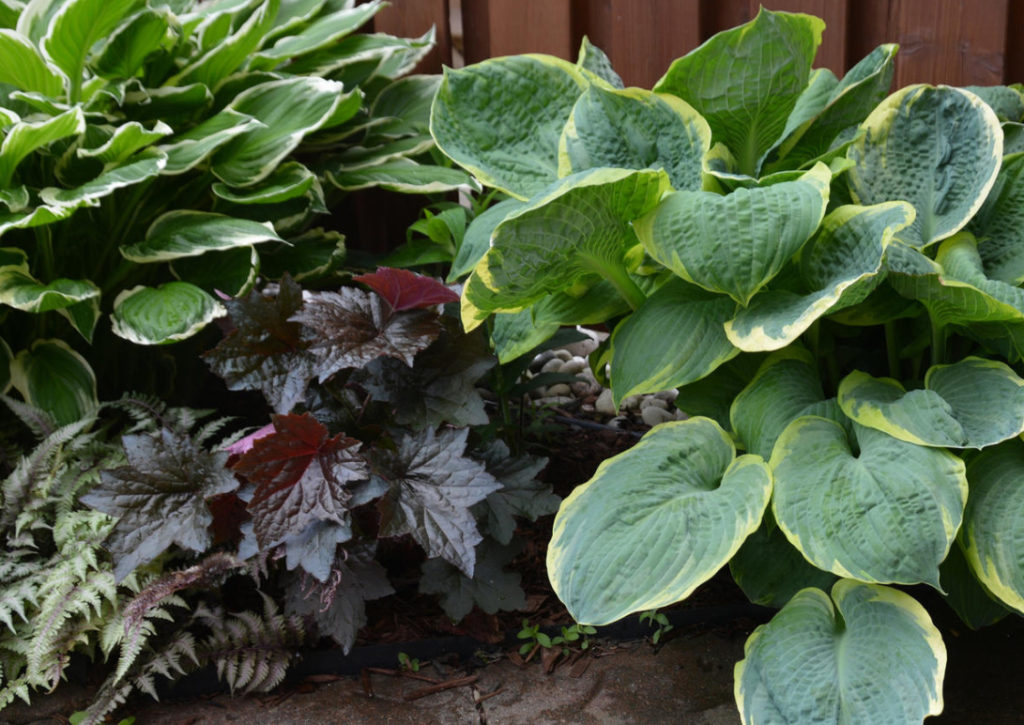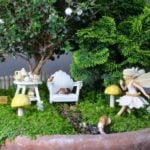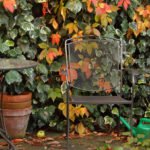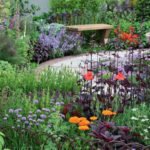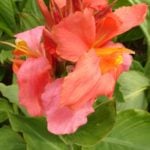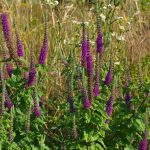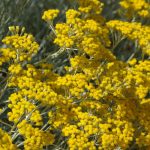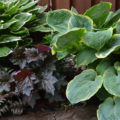3. Festuca. Miss “Pretty Bump”
If there was such a nomination in the landscape world, it would undoubtedly go to Festuca. Charming “fuzzies” with dense and dense, very neat and always elegant flowerbeds-spheres of narrow needle-shaped leaves, despite their compact size, are gaining more and more popularity today. During flowering, these unusual cereals with symmetrical round sod turn into elegant and weightless drops.
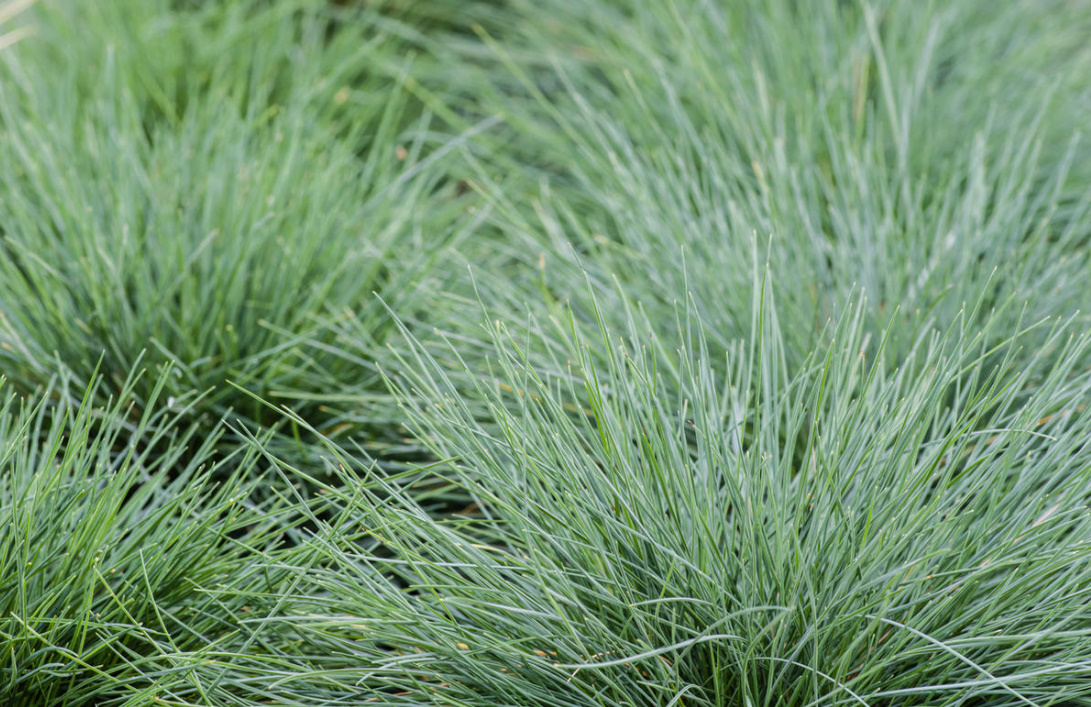
What types to choose
- Festuca glauca is distinguished by the steel color of the leaves of the leaves, cold and slightly metallic. Growing up to 30-60 cm, it forms a lush, dense and almost perfectly spherical bush.
- The peculiarity of Festuca filiformis is elegant panicle inflorescences that hover like transparent lace over long narrow leaves sticking out in all directions.
- Festuca mairei looks like a perfectly shaped sphere up to 80 cm high. This species stands out not so much by the dark, grayish color of the leaves, as by their amazing grace. Tall and thin, they create dense spheres-cascades, perfectly distributed in the turf and form an impeccable silhouette.
- Festuca amethistina forms rather loose, slightly sloppy sod from almost round, needle-shaped leaves up to 60 cm long in cross section. At the same time, young, brighter and already drying leaves are preserved on the bush, which creates the effect of different colors of greenery in one flower bed.
Where to plant
The plant is characterized by amazing endurance and is ready to be content with even the most modest conditions of existence. But to reveal the true beauty and all the nuances of color, two conditions must be met: choose the brightest possible lighting and the driest possible area. Festuca is not afraid of wind and drafts and develops better in the hot sun than in the cool shade.
How to care for
This cute cereal needs to be watered moderately from spring to autumn, and this procedure is better carried out in the morning or in the afternoon, since midday watering can cause a burn of leaf plates. Feeding a cute bump is not needed, but it will definitely not do without rejuvenating procedures. The sod at Festuca has been growing and degenerating since the second or third year, their center begins to dry, so without separation and transplantation, it will quickly lose its decorative effect.
What to combine with
Festuca filiformis will make a spectacular contrast with the classic thick cereals. Festuca amethystina can only be used in the foreground, against the background of stunted plants or lawns, where there is no stagnation of water and the slightest shading. Festuca glauca is usually placed in carpet flower beds or planted in arrays near dwarf and medium-sized shrubs.
What to use it for
It is spectacular in any mixborder, sunny flower garden and rockery, it can be grown in group compositions and as a tapeworm or border plant, it will take root in mixborders and on alpine slides. In flower beds, Festuca looks good together with tall, beautifully flowering herbs, as well as next to a small pond — against the background of stones and small pebbles.
4. Rogersia. Exotic without whims
This plant should be called admiral, because Rogersia got its name in honor of Admiral D. Roger of the American Navy, who undertook an expedition to China, where it was first found. Rogersia grows up to 1.5 m, is famous for its large beautiful leaves (up to 50 cm long), purplish-brown at the beginning, green during growth and bronze or reddish in autumn. Small fragrant flowers (white, cream, pink) are collected in large paniculate inflorescences.
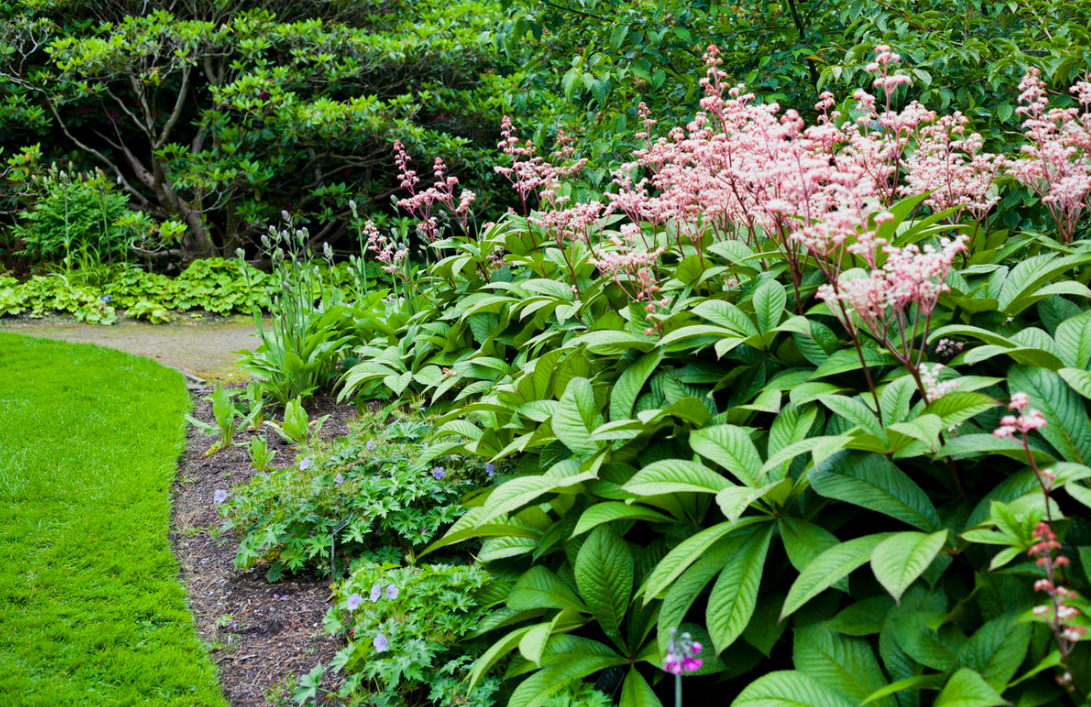
Where to plant
The ideal option is a spacious, partially darkened or moderately sunny corner with moist soil (light, nutritious loam). Keep in mind that this plant grows rapidly, occupies an increasing area every year and can depress nearby plants.
How to care for
The main concern for the whole season is mulching of the trunk circle, which allows you to save moisture in the soil for a long time, which is necessary for the well—being of the plant. During the period of active growth, the rogersia needs frequent and abundant watering, and at the end of the season its stems need to be cut at the root.
What to use it for
Rogersia will decorate flower beds and mixborders, will serve as an excellent frame for a garden pond and garden paths. She is also suitable for the role of the queen of the rocky garden, but not for Alpine slides, she is too massive for them.
What to combine with
Rogersia is decorative in itself, but by “planting” it with hosta, badan, bluebells and ferns, you can get very unusual and interesting compositions. An equally interesting option is among junipers, next to magnolia, thuja, deciduous and coniferous shrubs and dwarf trees. Rogersia can be planted next to copses or daffodils, it is also suitable for solitary planting.
What types to choose
- Rodgersia aesculifolia grows from 80 to 180 cm, the “seven-fingered” leaves stretch from the roots with petioles, their bronze hue turns into bright green as they grow. The height of peduncles with white flowers is up to 120 cm.
- Rodgersia pinnata — height from 70 to 120 cm, in early spring the leaves are colored purple, by autumn they turn dark green. Small pinkish flowers are collected in a wide panicle.
- Rodgersia sambucifolia prefers southern regions, plant height — up to 70 cm, peduncle — up to 120 cm.
5. Sedum. The “quiet” hero
The plant owes its botanical “name” to the Latin word sedo (“to calm down”), because in the old days sedum leaves were used as an analgesic and wound healing agent, they removed warts and rubbed cheeks for the appearance of blush. And also (during the reign of Charlemagne) — sedum was planted on the roofs of houses to protect them from lightning strikes. Most sedum species (and there are more than 500 known) are stunted, creeping and turf—forming plants, among which shrubs or semi-shrubs are rarely found. The shades of their flowers are very different: white, yellow, greenish, pink, dark red and even blue.
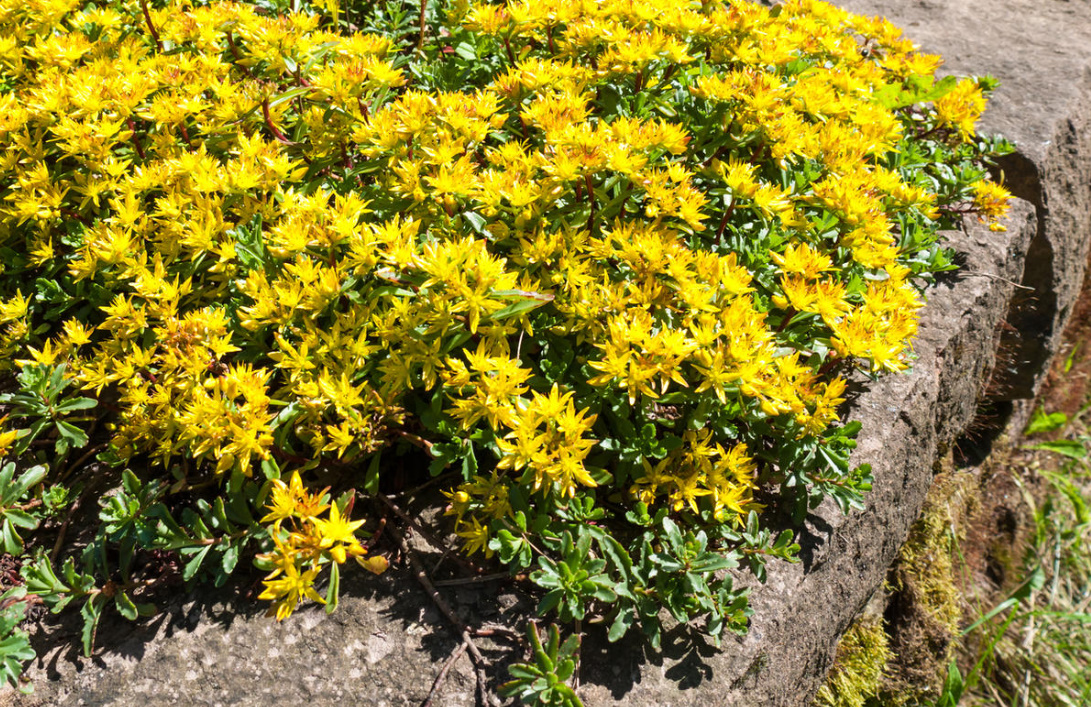
Where to plant
Choose well-sunlit places without stagnation of moisture, with light soil and good drainage. The best time for planting is from the second decade of May to mid—October.
How to care for
To make sedums feel comfortable in your garden, follow five simple rules:
- Watering as it dries;
- Weed removal;
- Gentle under bush loosening;
- Fertilizing with fertilizers;
- Pruning after flowering stops.
What to use it for
Sedum is undemanding to the fertility of the soil and is ideal for the design of problem areas of the garden, the main thing is that there is no stagnation of moisture. From groundcover species, you can create amazing patterned mats that will cover empty spaces. Sedums are also suitable for reviving laconic landscapes of rockeries and alpine slides, and in group plantings they look very picturesque, as well as in pots with which you can decorate the terrace and stairs.
What to combine with
Sedum is an ideal companion for non—aggressive perennials, it perfectly combines with autumn-flowering plants, for example, small-flowered chrysanthemums and perennial asters, and with hosts it will form a concise and unpretentious flower garden.
What types to choose
- Sedum spectabile is a shrub with tall straight stems (height up to 60 cm), with light green thick leaves. Blooms in September and pleases the eye with pink shades for a whole month.
- Sedum compactum is a plant with strong stems and gray—green leaves of an oblong egg-shaped shape. The flowers are painted white and have a rich aroma.
- Sedum spurium is very popular among flower growers, thanks to the twigs that form a coating for decorating carpet beds.
- Sedum reflexum looks like a bunch of hairy caterpillars. This unusual plant with thick curved stems dotted with needle-like leaves forms picturesque green mats about 20 cm high.
